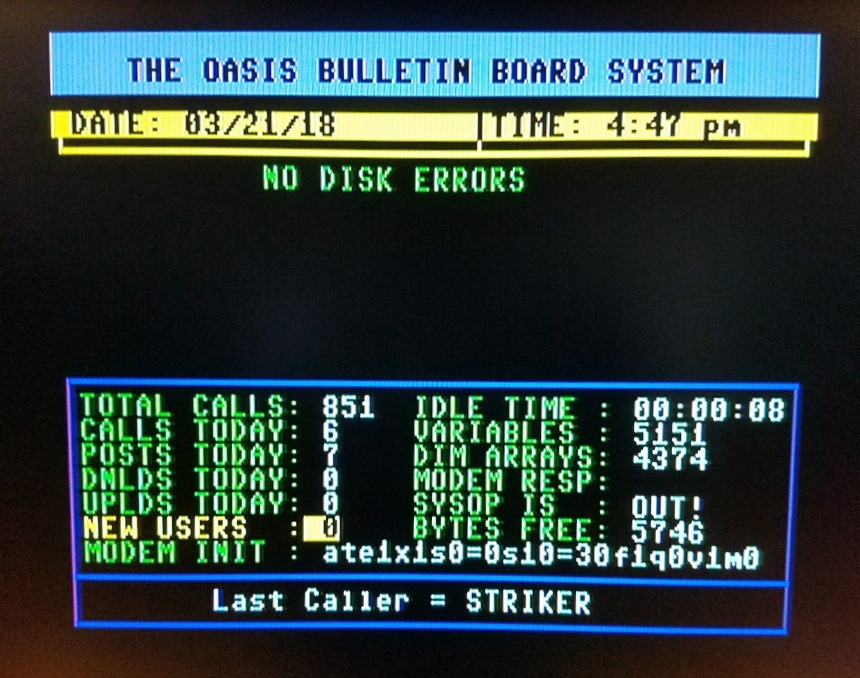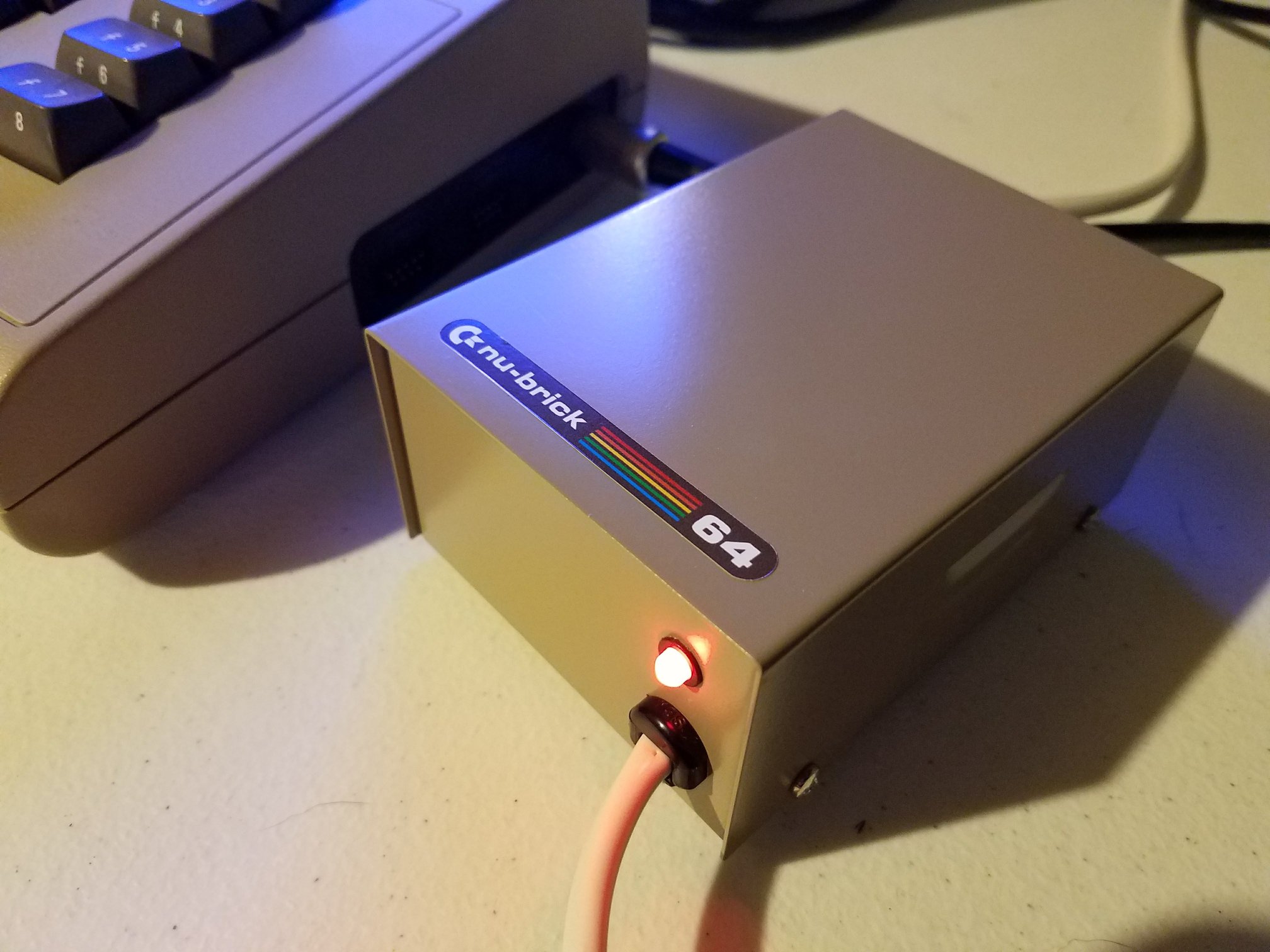When people think about Commodore’s disk drives, “blazing speed” usually isn’t the first phrase that comes to mind. But the story of Commodore fast serial is one of persistence, frustration, and eventual redemption. In this new video from the Commodore History YouTube channel, Dave returns to the serial bus topic with fresh energy—this time, to do it right.
Back in the VIC-20 and Commodore 64 era, Commodore’s shift from parallel to serial disk communication brought the speed of a sleepy sloth crossing molasses. The cause? A buggy 6522 VIA chip whose serial shift register was practically allergic to reliability. So, the engineers switched to a software-driven workaround that bit-banged its way through data transfers. That fix worked, but the results were famously slow. The Commodore fast serial dream was shelved—until the release of the Commodore 128 and 1571 drive.
In this follow-up video, Dave gives the earlier episode a second chance—scrapping those old benchmarks and redoing everything with precision. He breaks down how the 6522’s flaws forced a last-minute pivot to software serial I/O, shows the actual logic analyzer output of bit-level bus communication, and walks viewers through the serial routines coded by Bob Russell and Bob Fairbairn in late 1980.
The Commodore fast serial comeback finally happened with the 128 and 1571. Both used the 6526 CIA chip, which did have a working shift register. With it came the Host Request Fast (HRF) and Device Request Fast (DRF) signals—subtle changes with massive implications. Dave details how the C128 and 1571 handshake to negotiate fast serial, and how burst mode (a form of fast serial with even quicker handshaking) made disk loads much faster.
Not content to just talk theory, Dave wires up a logic analyzer to track real data flow between a C128 and 1571. He captures both the fast and slow serial sessions, explains the differences in waveform timing, and benchmarks them with a 15K file. The results are as clear as they are satisfying: 4.95 seconds using burst mode versus 40.48 seconds with slow serial.
The takeaway? Commodore didn’t give up. They tried (and failed) with the VIC-20. They tried (and failed again) with the C64. But by 1985, with the 128 and 1571, Commodore fast serial became a reality—finally freeing users from the tyranny of glacial load times.







